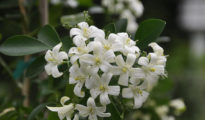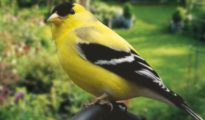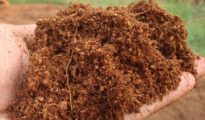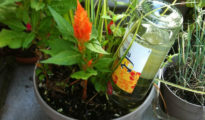The crispness in the air, the changing hues of the leaves, and the scent of pumpkin spice everywhere signal the arrival of fall. As the gardening season winds down, there's a fresh list of tasks that beckon the attention of every gardener. Fall is a time to wrap up the growing season, prepare for winter, and set the stage for a successful spring. Let's delve into the essential chores to complete in your fall garden.
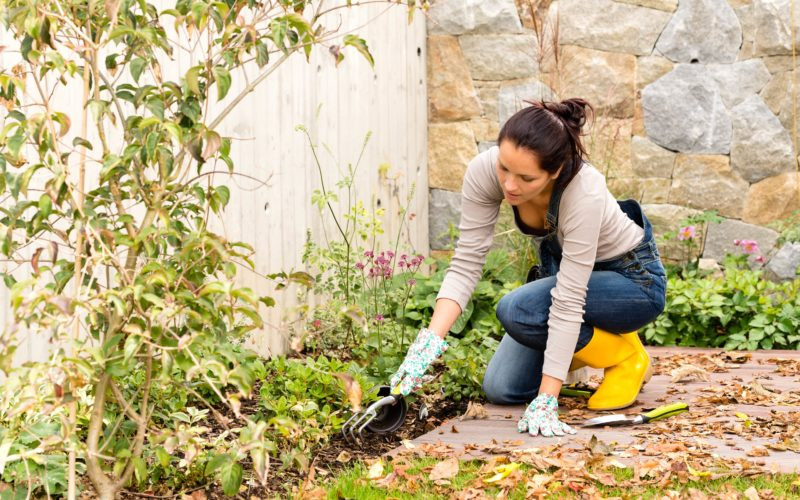
1. Tidy Up the Garden Beds
- Remove Debris: Fallen leaves, fruit, and other plant debris can become a breeding ground for pests and diseases. Clear them out to maintain a healthy garden environment.
- Pull Weeds: Preventing weeds now can save a lot of trouble in the spring. Pull them out by hand or use a hoe to remove them.
- Cut Back Perennials: Some perennials benefit from being pruned back in the fall. This not only keeps the garden tidy but can also help prevent disease.
2. Plant Spring-Blooming Bulbs
- Bulbs like tulips, daffodils, and hyacinths need a cold period before they bloom. Planting them in the fall ensures they're ready to burst into color come spring.
3. Amend the Soil
- Compost: If you've been composting over the summer, now's a great time to add that rich, decomposed material to your garden beds.
- Check pH Levels: Using a pH test kit, check the acidity of your soil. Depending on the results, you may need to add lime (to raise pH) or sulfur (to lower pH).
4. Mulch Beds
- A layer of mulch protects plant roots from harsh winter temperatures, retains moisture, and deters weeds. Straw, leaves, or wood chips can serve as effective mulch.
5. Protect Vulnerable Plants
- Wrap Trees: Young or thin-barked trees can be susceptible to sunscald in the winter. Use tree wraps to protect them.
- Move Potted Plants Indoors: Before the first frost, relocate your potted plants to a protected indoor location.
6. Plant Cool-Season Veggies
- Vegetables like kale, spinach, and lettuce can thrive in cooler temperatures. Plant them in the fall for a bountiful harvest in early winter.
7. Lawn Care
- Rake Leaves: Instead of discarding, shredded leaves can serve as compost or mulch.
- Aerate and Fertilize: Fall is an ideal time to aerate your lawn, allowing nutrients to penetrate deeper. Follow up with a fertilizer to nourish the grass.
8. Winterize Garden Tools
- Clean, sharpen, and oil your garden tools before storing them. Proper maintenance prolongs their lifespan and ensures they're ready for spring.
9. Harvest and Store
- Harvest late-season fruits and vegetables. Store root crops, like potatoes and carrots, in a cool, dark place.
- Collect seeds from your favorite plants. Store them in a cool, dry place for next year's planting.
10. Plan for Next Year
- As you wrap up, take notes on what worked and what didn't. Which plants thrived? Which ones struggled? Planning now can make your next gardening season even more successful.
While it might seem like the gardening season is coming to a close, fall is a time of preparation and anticipation. By investing time in these tasks, you not only prepare your garden for the challenges of winter but also lay the groundwork for a flourishing spring. Embrace the beauty of the season, and happy gardening!
The Science Behind Soil Preparation
In fall, as the air becomes cooler, soil retains warmth for a longer duration. This creates an ideal environment for root growth. Thus, by amending the soil now, you're giving plants a better chance to establish themselves before the full onslaught of winter.
- Natural Fertilizers: Consider using worm castings or green manure. Worm castings release nutrients slowly, ensuring plants aren't overwhelmed. Green manure involves growing cover crops and then tilling them into the soil, providing organic matter and nutrients.
- Rotate Your Crops: If you've been planting vegetables, make sure to rotate crops. This helps prevent soil-borne diseases and replenishes nutrients that specific plants might have exhausted.
The Art of Layering Mulch
Mulching in fall is different from other seasons. It's all about creating a protective barrier.
- Thickness Matters: For winter mulching, aim for a thickness of 3-4 inches. However, make sure mulch doesn’t touch the base of trees and shrubs; this can lead to rot.
- Choosing Your Mulch: Straw is excellent for vegetable gardens, while wood chips are more suited for ornamental gardens. For perennials, consider using evergreen boughs, as they shield plants from winter winds.
Planting Trees and Shrubs
Fall is a fantastic time to plant trees and shrubs. With the ground still warm, roots can establish themselves before winter.
- Watering: Make sure to water newly planted trees and shrubs thoroughly until the ground freezes. This ensures they don't dry out during winter.
Pest Control
As food becomes scarcer, pests can become a significant issue in fall.
- Natural Predators: Encourage the presence of birds and beneficial insects. Birds can be lured with feeders, while beneficial insects, like ladybugs, can be attracted with plants like marigold and fennel.
- Barriers: Use row covers or garden fleece to protect your plants. These barriers not only keep pests out but also provide some protection against early frosts.
Storing Harvest
How you store your harvest can significantly influence its shelf life.
- Root Cellars: Traditional and effective, root cellars leverage the earth's natural coolness. Make sure to store fruits and vegetables separately, as fruits release ethylene gas, which can cause vegetables to rot.
- Herbs: Consider drying or freezing herbs. For herbs like basil or parsley, you can chop them up, place them in ice cube trays with water, and freeze. Later, these cubes can be dropped into soups or stews.
Embracing Technology
In this digital age, gardeners have a wealth of tools at their fingertips.
- Gardening Apps: Use apps to track when you planted certain crops, set reminders for tasks, or even predict frosts based on weather data.
- Online Communities: Join online gardening forums or social media groups. These communities can be a wealth of knowledge, offering advice or even seeds and cuttings for trade.
The fall garden is not just about wrapping up but also setting the stage for future success. Every task you perform, be it soil enrichment or pest control, is an investment in your garden's future. Embrace the rhythm of the seasons and enjoy the unique joys that autumn brings to the garden.


